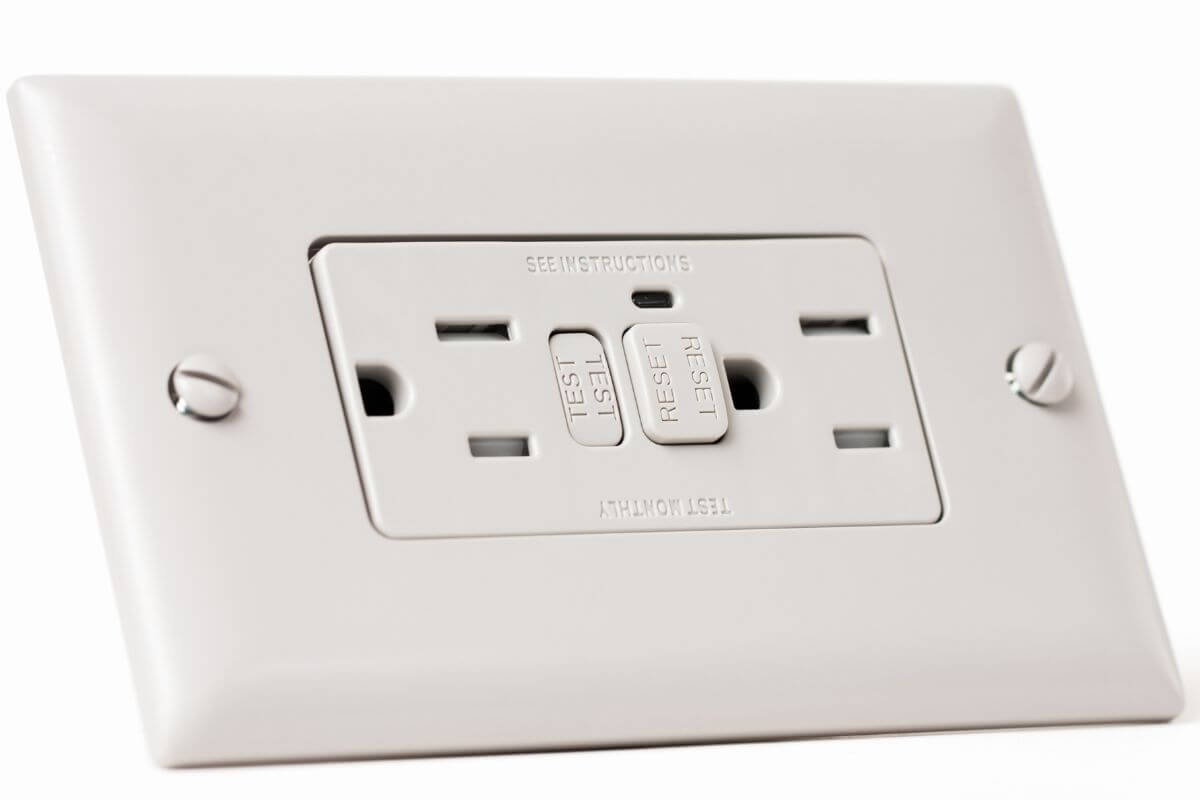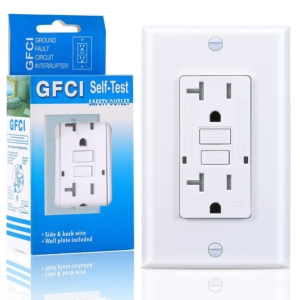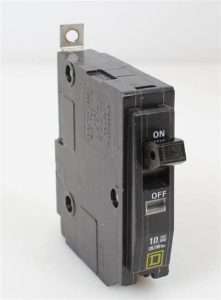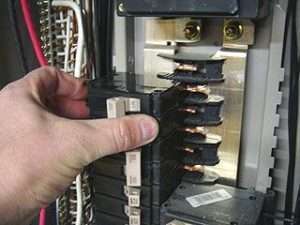Troubleshooting Why Your GFCI Keeps Tripping
GFCI (Ground Fault Circuit Interrupter) outlets are designed to protect you and your electrical appliances from potentially dangerous electrical shocks. They monitor the flow of electricity and trip the circuit if they detect a ground fault, preventing severe injuries and electrical fires. However, it can be frustrating when your GFCI outlet keeps tripping, disrupting your daily routine. In this blog post, we will explore why GFCI outlets trip and provide some troubleshooting tips to help you fix the issue.
Understanding GFCI Outlets
To grasp why GFCI outlets trip, it’s important to understand how they work. GFCIs constantly monitor the flow of electricity in a circuit, comparing the current entering the circuit to the current leaving it. If a slight imbalance indicates a ground fault, the GFCI outlet quickly trips the circuit, cutting off the electricity flow.
Common Reasons for GFCI Tripping
a. Ground Faults: The most common reason for GFCI tripping is the presence of a ground fault. A ground fault occurs when an electrical current finds an unintended path to the ground, bypassing the intended circuit. Common causes include damaged wiring, faulty appliances, and moisture infiltration.
b. Overloaded Circuit: Another cause of GFCI tripping is overloading the circuit. GFCIs have a built-in amp rating, typically 15 or 20 amps. If the total electrical load on the circuit exceeds the GFCI’s capacity, it can trip to prevent overheating and potential fires.
c. Faulty GFCI Outlet: In some cases, the GFCI outlet itself may be faulty. Over time, these devices can wear out or become damaged, resulting in frequent tripping. Testing and replacing the GFCI outlet might be necessary if all other troubleshooting steps fail.
Troubleshooting Steps
a. Identify the Tripping Cause: Start by identifying the potential cause of the tripping. Check if any appliances or devices are connected to the GFCI outlet when it trips. Unplug them and test if the tripping stops. If it does, the appliance may be faulty and require repair or replacement.
b. Check for Ground Faults: Inspect the outlet and any nearby electrical connections for signs of damage, such as frayed wires or loose connections. Moisture can also cause ground faults, so ensure that the area around the outlet is dry. If you find any faults, repair or replace the affected components.
c. Reduce the Electrical Load: If you suspect an overloaded circuit, try reducing the electrical load. Unplug unnecessary devices, distribute the load to different outlets, and avoid using high-power appliances simultaneously. If the tripping stops, it indicates an overloaded circuit, and you may need to consider installing additional circuits or upgrading your electrical panel.
d. Test and Reset the GFCI: Press the “Test” button on the GFCI outlet to simulate a ground fault and trigger a trip. If the GFCI doesn’t trip or fails to reset afterward, it may be faulty and require replacement. However, before replacing the GFCI, consult a licensed electrician to ensure proper installation and safety.
e. Seek Professional Help: If you’ve exhausted all troubleshooting steps and the GFCI continues to trip, it’s advisable to seek assistance from a qualified electrician. They can perform a comprehensive assessment of your electrical system, identify underlying issues, and provide appropriate solutions.
GFCI Tripping in Specific Rooms: Different rooms in a house may have unique electrical requirements, leading to specific causes of GFCI tripping. For example, kitchens and bathrooms often have high-moisture environments, which can result in more frequent tripping. Providing room-specific troubleshooting tips, such as avoiding water splashes near outlets and using GFCI-compatible appliances, can be helpful.
1. Kitchen GFCI Tripping:
Kitchens are high-traffic areas where multiple appliances are often used simultaneously, which can strain the electrical circuits and increase the chances of GFCI tripping. Here are some additional points to consider:
a. Appliance Overload: Kitchen appliances like microwaves, blenders, and toasters can consume significant power. Encourage readers to distribute the load among different circuits or consider upgrading to a higher amp rating GFCI outlet to handle the electrical demand.
b. Wet Conditions: Water spills and splashes are common in kitchens, increasing the risk of ground faults. Remind readers to keep countertops and outlets dry, use appliances away from sinks and water sources, and promptly clean up any spills.
c. Faulty Appliances: Malfunctioning or damaged appliances can trigger GFCI tripping. Encourage readers to inspect their kitchen appliances for frayed cords, loose connections, or unusual behavior. Repair or replace faulty appliances promptly to prevent GFCI issues.
2. Bathroom GFCI Tripping:
Bathrooms are high-moisture environments, making them prone to GFCI tripping. Expand on the following points to help readers troubleshoot bathroom-specific tripping issues:
a. Moisture and Condensation: Bathrooms have high humidity levels and condensation, which can lead to ground faults. Educate readers about the importance of proper ventilation and exhaust fans to minimize moisture accumulation near GFCI outlets.
b. Wet Locations: GFCI outlets in bathrooms must be installed a safe distance away from sinks, showers, and bathtubs to avoid direct water exposure. Explain the electrical code requirements and suggest relocating outlets if they are too close to water sources.
c. Aging Infrastructure: Older homes may have outdated bathroom electrical systems that lack proper grounding or have deteriorated wiring. Encourage readers to have their electrical system inspected by a professional to ensure compliance with modern safety standards and to address any underlying issues.
d. Hairdryers and Curling Irons: Hair styling appliances are commonly used in bathrooms and can draw a significant amount of power. Advise readers to avoid using multiple high-power appliances simultaneously or to consider using lower wattage alternatives to reduce the load on the GFCI circuit.
Remember to include safety reminders throughout the blog post, such as emphasizing the importance of hiring a qualified electrician for any electrical repairs or modifications. By expanding on the specific challenges and solutions in kitchens and bathrooms, readers will gain a better understanding of how to troubleshoot GFCI tripping issues in these areas of their homes.
Let’s expand on the topic of GFCI tripping in outdoor areas:
Outdoor GFCI outlets are exposed to a variety of weather conditions, which can contribute to tripping issues. Here are some additional points to consider:
a. Water Ingress: Outdoor outlets are susceptible to water infiltration, especially during rainstorms or when exposed to sprinklers. Discuss the importance of using weatherproof covers or enclosures to protect GFCI outlets from direct water contact. Encourage readers to inspect the outlet for any signs of water damage and promptly address any issues.
b. UV Damage: Sunlight and ultraviolet (UV) rays can cause damage to outdoor GFCI outlets over time. Explain the importance of using weather-resistant and UV-stable outlet covers or installing GFCI outlets designed for outdoor use. These measures can help prevent damage and extend the lifespan of the outlet.
c. Temperature Fluctuations: Extreme temperature fluctuations, such as freezing cold or scorching heat, can impact the performance of outdoor GFCI outlets. Discuss how temperature variations can affect the internal components of the GFCI, leading to tripping issues. Encourage readers to choose GFCI outlets with a wide operating temperature range and consider insulated covers or boxes for added protection.
d. Grounding Issues: Ensure that outdoor GFCI outlets are properly grounded. Inadequate grounding can result in false tripping or reduced effectiveness in detecting ground faults. Suggest readers check the grounding connection and consult an electrician if they suspect any grounding issues.
e. Outdoor Equipment: Outdoor areas often have additional equipment, such as pool pumps, hot tubs, or landscape lighting, connected to GFCI outlets. These high-power devices can contribute to GFCI tripping if the total electrical load exceeds the outlet’s capacity. Encourage readers to distribute the load across multiple circuits or consider installing dedicated circuits for high-power outdoor equipment.
f. Regular Maintenance: Regular maintenance is crucial for outdoor GFCI outlets. Encourage readers to inspect the outlet for any signs of damage, such as cracks or loose connections, and clean away debris or insects that may obstruct proper operation. Remind readers to periodically test the GFCI outlet using the “Test” and “Reset” buttons to ensure it’s functioning correctly.
Summary: Troubleshooting Why Your GFCI Keeps Tripping
While a tripping GFCI can be frustrating, it’s essential to remember that it’s a safety feature designed to protect you. By understanding the common causes of GFCI tripping and following the troubleshooting steps outlined in this blog post, you can identify and address the issue effectively. However, always prioritize your safety and consult a professional electrician when in doubt. A properly functioning GFCI outlet ensures the electrical safety of your home and offers you peace of mind.








